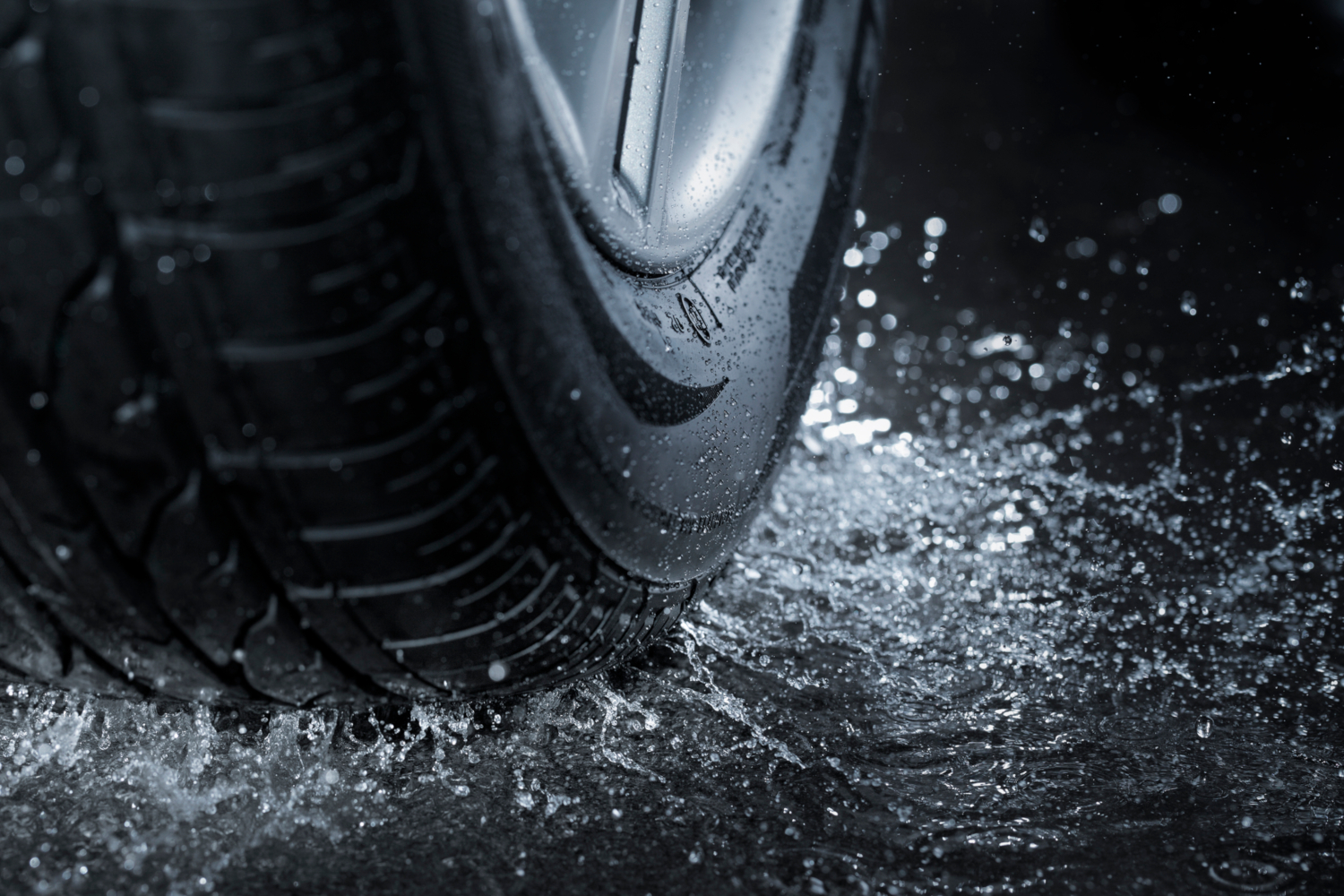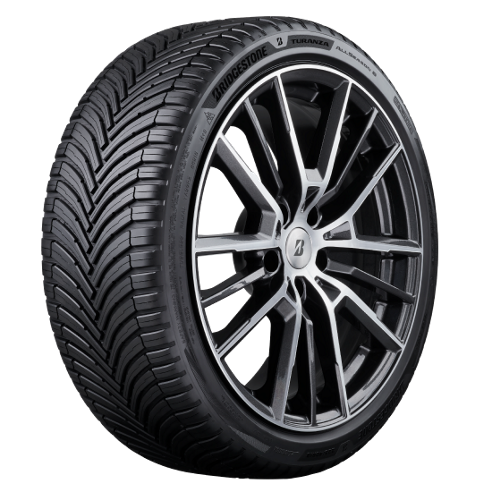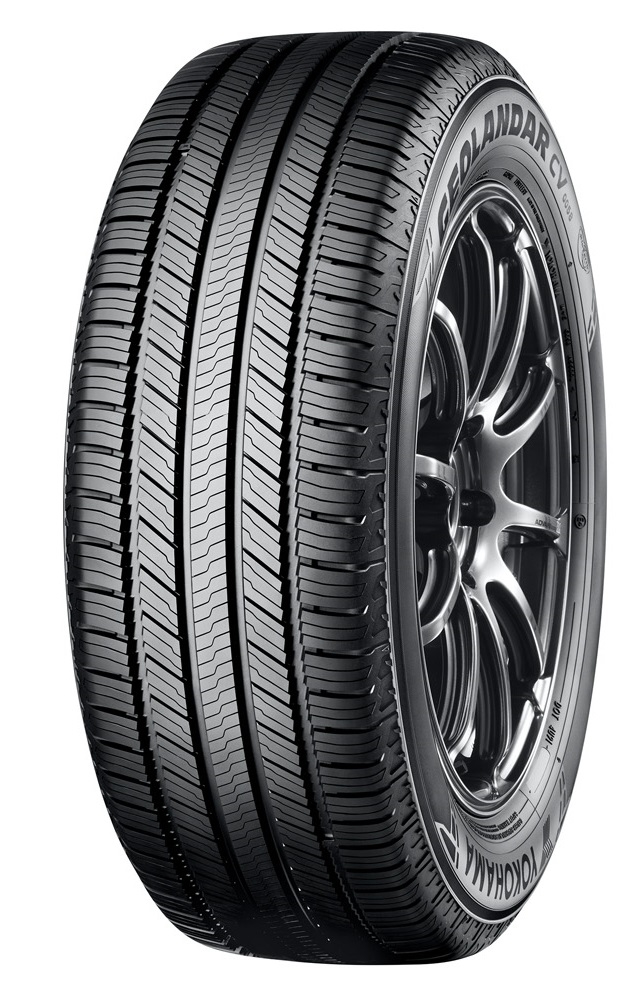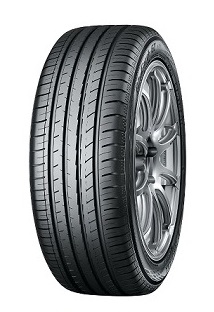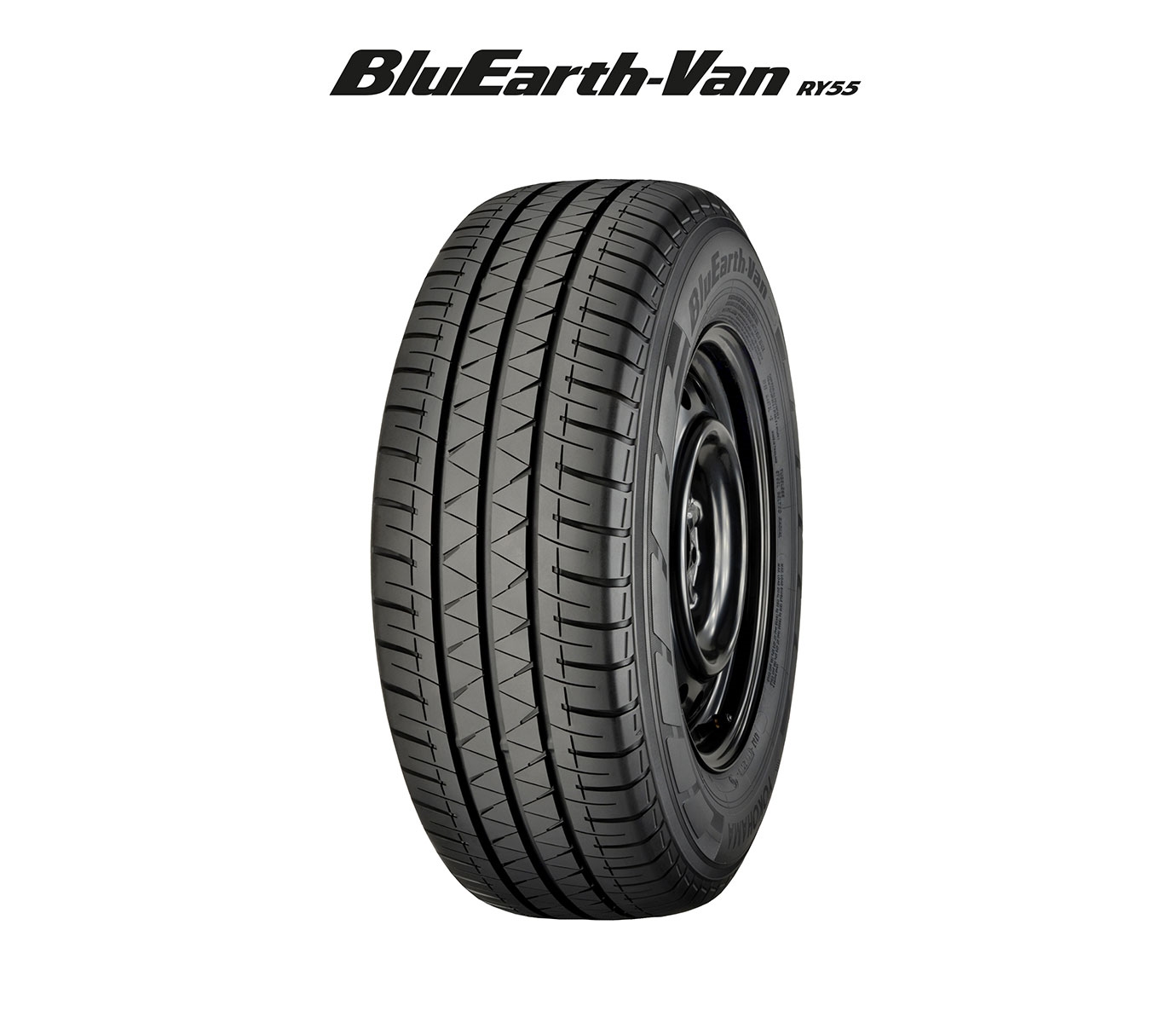Regardless of the time of year, our temperate northern climates are increasingly exposed to sudden, heavy rainfall, and the rising rainwater pools do not bode well for motorists on this side of the equator. Should we be worried about aquaplaning? Not with the right preparation and tyres.
So, what is aquaplaning?
Aquaplaning, interchangeably referred to as hydroplaning, occurs when a layer of water builds up between a vehicle’s tyres and the road surface, thus significantly reducing the grip of the tyre. Should all four tyres be affected simultaneously, the driver could completely lose control of the vehicle.
What causes it?
Aside from the fundamental cause of excessive water build-up between the tyres and the road, there are numerous other factors that can exacerbate the issue. The most common ones include tyre condition, tyre PSI, and travelling speed. But more about that later.
And how do I know if my car is aquaplaning?
Aquaplaning occurs due to standing water on the road. This could be a result of something as trivial as rain, or a cause less obvious, such as a burst water main. The driver is usually forewarned of weather-related surface difficulties, but a flood from a burst water main can be unexpected.
When your car starts to aquaplane, you can expect the engine noise to abruptly increase, the rev counter to go up by several thousand rpm, and the steering to feel very light. The rear wheels of the vehicle may also start to weave from side to side, sometimes referred to as ‘fishtailing’.
What is the best way to stop my car from aquaplaning?
Aquaplaning means a complete loss of control. To reinstate your authority, you should take power out of the engine by easing back on the accelerator. While decelerating, make sure you hold the steering wheel straight to prevent the car from going off-course once you regain steering ability.
It is crucial to refrain from applying the brakes until you regain some control of the vehicle. When you feel that you have control of the revs and the steering, you should gently apply the brakes until you can fully control the car again.
Can I prevent aquaplaning altogether?
Unfortunately, this is not entirely up to you. While there are certain measures to reduce the probability of aquaplaning occurrence, it is impossible to completely nullify the odds. You can start by making sure your car is in good enough condition to provide safety on the road. Consider directing some of that extra love and attention towards your tyres – they deserve it.
Tread depth is the vertical measurement from the top of a tyre’s rubber to the bottom of its engraved pattern, and it is responsible for your vehicle’s traction on the road. As the rubber that makes up the tread wears down over time, it decreases the tyres’ ability to remove the layer of water between itself and the surface, thus increasing the likelihood of aquaplaning. Even if your tyres are in excellent condition however, you need to ensure they have the right pressure, for instance, over-inflated tyres round-out the outer tread pattern, which favours aquaplaning.
Finally, you should adapt your driving style to suit the conditions on the road. Staying alert and paying attention to the ever-changing environment is the best way to counter aquaplaning. To accommodate for the unpredictable, remember to always leave a precautionary distance towards the vehicle in front of you.
Aquaplaning may be frightening, but a composed mindset will get you across the finish line safely. Godspeed!

